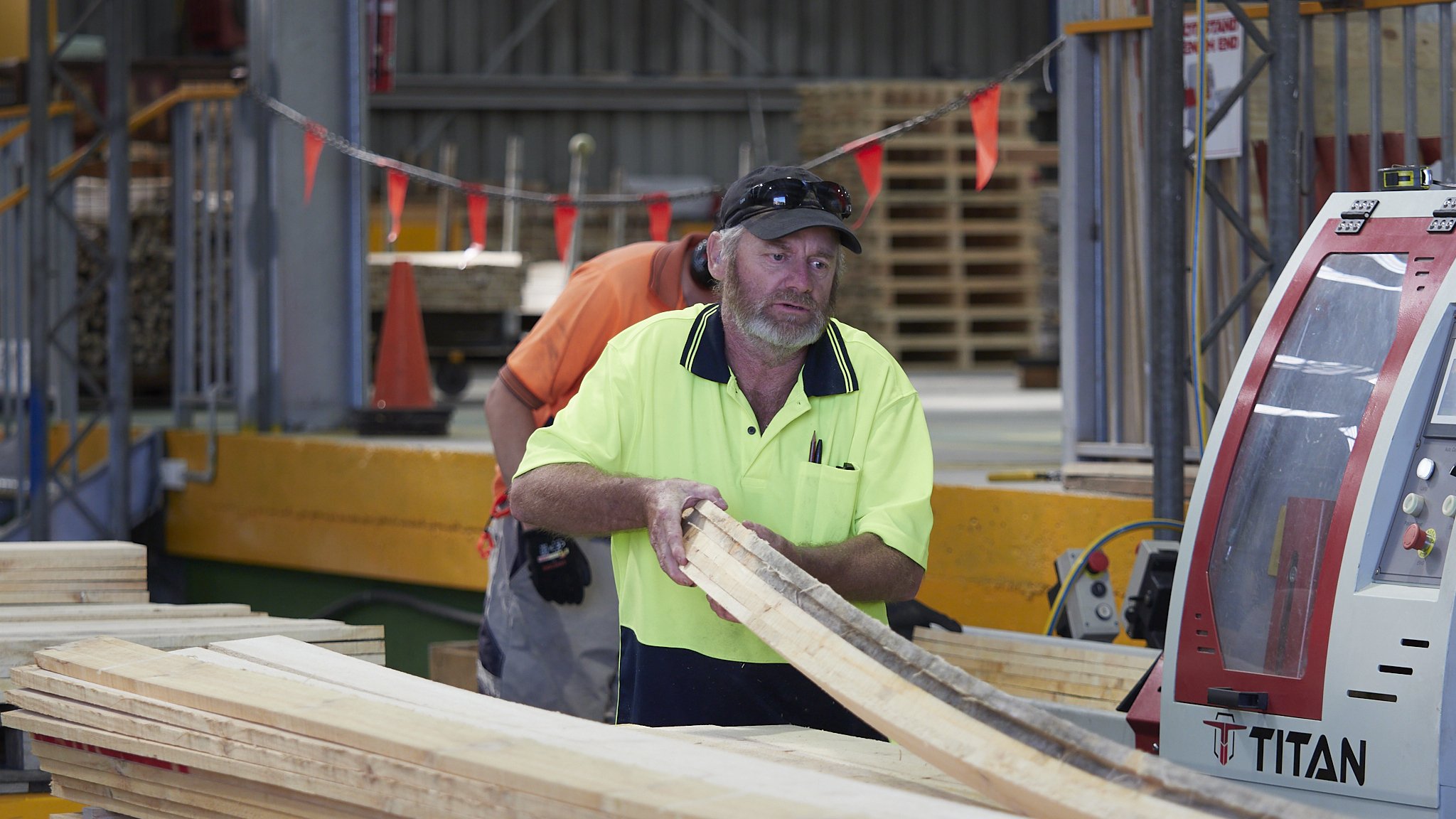The big problem is of course, that even if the terminology does change over time to suit the ever flexible English language, it needs to be consistent otherwise the real terminology is lost and replaced by a chaos of substitutes.
Try going into a math class and convincing the lecturer you are using the “new” term for logarithmic algorithms “lalgies” and see how far you get.
One thing that is a common thread is the gap in technical awareness I am seeing between emerging stills shooters and videographers and this is something I have eluded to before.
Stills shooters are following in the steps of an unbroken line of immediate predecessors. Many working professionals are in their forties and fifties, but are staying up with current trends, blending seamlessly in with the younger crew, even adapting to video as they go.
I cannot think of many main stream videographers, apart from the cinema masters, who are over forty. Videographers have a thinner thread to follow so tend to be younger and largely self taught, so are parroting similar experts. They are staying within their known sphere of interest and that has its own problems.
I have several times watched “best lens for X” videos and had no luck determining what format the expert reviewer is referencing. One video, so bad I did not even bother bookmarking it, switched between formats freely without any qualification which made the whole video effectively pointless.
Using another car analogy, it is like talking about engine cylinders as a measure of power without qualifying what size the engine is or what it is used for. A twelve cylinder model plane engine will not have the grunt of a Harley two stroke, but it may go faster.
So what if cinematographer “A” uses a 40mm most of the time. If you do not tell us what format of camera they use*, you do not know if that is effectively a super wide (IMax), standard wide (Full Frame), standard long (Super-35) or short telephoto (M43) and that is before anamorphic formats (various) come into play.
The reality is most older cinematographers used Super-35 format (35mm film, but turned sideways), most modern content creators use M43, APS-C or Full Frame and it makes a difference.
Go in to any camera store and the chances are the senior photographic or video/photo sales expert will be older, male or female and probably not shooting Sony.
Ask to talk to the video expert and in all likelihood you will meet a sub-thirty male Sony shooter. Not generalising here, just going with what I know to be true based on personal experience and what I see online over and over.
There are exceptions, but they run against the flow.
*Super 35 it turned out, so a long standard, but it took some tracking down.
**In anamorphic formats, the lens determines the magnification of the height of the image, like any other lens, but the width is determined by the “squeeze” factor which may be anything from 25% to 300% wider. For example a 50mm lens on a 1.33x squeeze full frame format is a 50mm from bottom to top, but covers an area similar to a 35mm lens (33% more) in width or from side to side.






























































































































